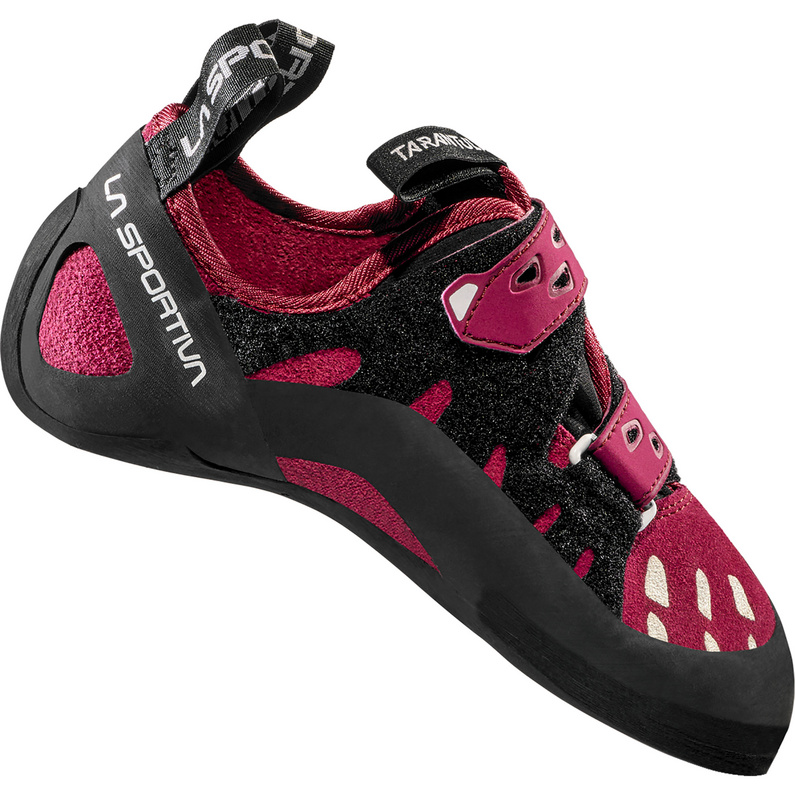
BetaGear
Helping you reach new heights!
1 / 3
Mad Rock Mad Monkey 2.0
Precision
Comfort
Support
Features
Adjustable Heel
Construction to adjust the length of the shoe via straps around the heel.
Shoes with similar fit
Technical Details
Outer
Blue
Yellow
Shape
Fit
Rigidity
More
Which size fits?
| Fit | Sizing |
|---|---|
| Comfort | + 0.75 |
| star Normal | + 0.5 |
| Performance | ± 0 |
We recommend for your profile to pick this shoe around 0.5 sizes larger than your Street Shoe Size.
Get yours here!
The above contain affiliate links. For more information see the disclosures
All prices in Euro incl. VAT, if necessary plus shipping. Prices and ranking are subject to change at any time. Further information can be found in the notes on pricing









